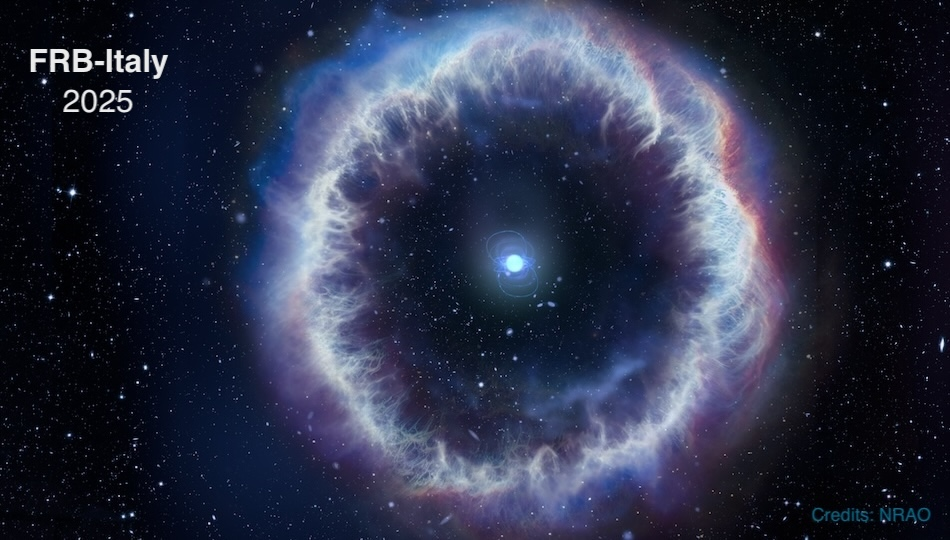Speaker
Description
Magnetar giant flares (MGFs) are the most extreme transient events observed from these magnetically-powered neutron stars. They consist of an initial peak lasting fractions of a second during which the luminosity in the X and soft $\gamma$ band can reach up to 10$^{47}$ erg s$^{-1}$, followed by a decaying X-ray tail lasting hundreds of seconds and showing periodic modulation.
The periodic tail, which makes MGFs easily distinguishable from other high-energy transients (short GRBs in particular), has been detected so far only from three magnetars in the Local Group and it is difficult to observe with current telescopes from farther sources. However, the very luminous initial peak can be detected even from sources at distances up to more than 10 Mpc.
Some candidate MGFs have been identified among short gamma-ray bursts, the most significant being GRB 231115A in M82, but the scarcity of such events suggests that some extragalactic MGFs were misclassified as other kinds of transients. Various works have examined the spatial correlation between short transients and the local galaxy population, in order to determine which of the former can be associated with local sources. This increasing sample including extragalactic MGFs, can give better estimates on the rate and energy distribution of the flares. This can in turn constrain the overall budget of magnetic energy and its evolution in magnetars.
With the most recent (e.g. Einstein Probe, SVOM) and future facilities (e.g. eXTP, THESEUS) equipped with sensitive wide-field high-energy instruments and with rapid-slewing capability, the sample of MGFs candidates will definitely increase. In this contribution we discuss the future advances in this field, based on realistic simulations which take into account the instrument responses and the most recent results on the MGFs rates. We also discuss how many still unidentified sources in large archives of X-ray data could be attributed to MGFs.

